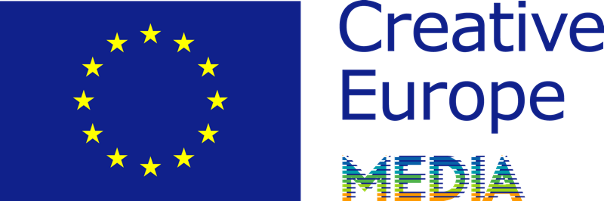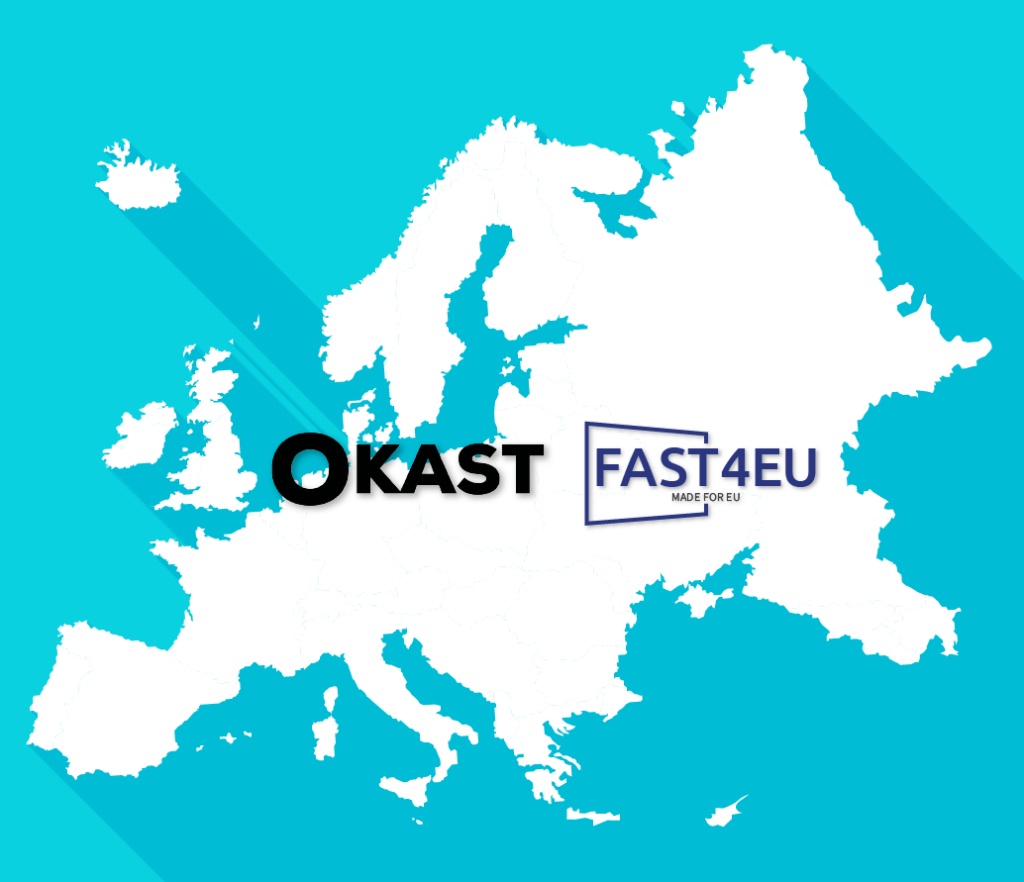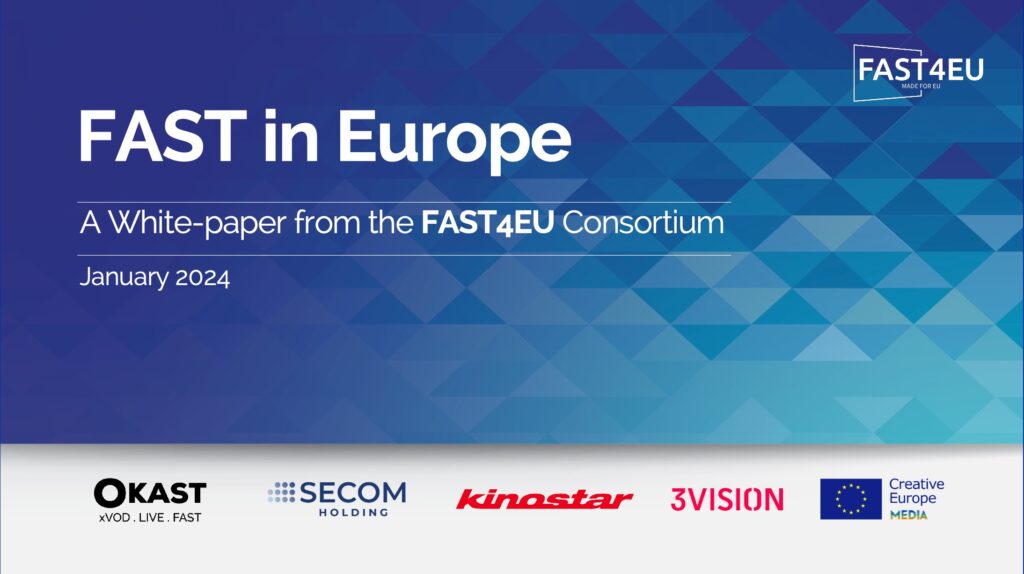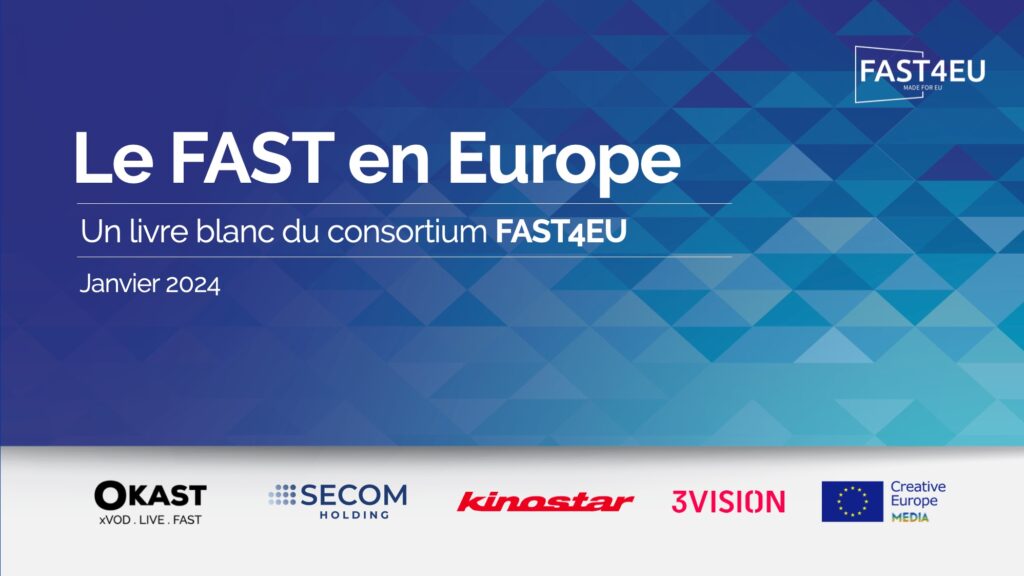Glossary
(to stop being lost in technical vocabulary)
Adaptive Bitrate Streaming : Technology that adjusts video stream quality based on a viewer’s internet connection, ensuring a smooth viewing experience regardless of connection quality.
AES : Advanced Encryption Standard, a type of encryption that is widely used to protect data and communications.
AirPlay : A technology developed by Apple that enables users to wirelessly stream audio and video content from their Apple devices to other AirPlay-compatible devices.
Algorithmic recommendation : A technique that uses algorithms to recommend content to viewers based on their viewing history, preferences, and other factors.
API (Application Programming Interface) : Protocols and tools enabling software systems to communicate and share data, often integrated with analytics or monetization platforms.
Analytics : Collecting data to analyze audience demographics and behavior. Okast.tv provides analytics tools for tracking metrics like engagement and revenue.
AVOD (Advertising-Based Video on Demand) : Offers free video content to viewers while displaying ads, but unlike FAST, does not require a subscription fee.
Bulk import : A feature that allows users to import large amounts of data or content into a system.
Casting & people : A feature that allows users to cast their favorite content to other compatible devices or share it with other people.
CDN (Content Delivery Network) : Global server network for distributing and quickly delivering digital content to viewers, enhancing accessibility of streaming content worldwide.
Chromecast : A device developed by Google that allows users to stream content from their mobile device or computer to a TV.
Client-Side Ad Insertion (CSAI): Is an ad delivery method where ads are inserted on the client’s device through JavaScript code. It provides better targeting and personalization of ads, but can lead to slower load times and inconsistent delivery compared to SSAI.
CMAF (Common Media Application Format) : Is a standard format for digital content that allows for effective streaming and playback across different platforms and devices.
Cloud hosting : A method of hosting a website or platform on servers that are located in a remote data center, rather than on-premises. This allows for greater scalability and flexibility.
Cloud Transcoding : Conversion of digital content formats using internet servers, offering faster and more efficient processing compared to traditional transcoding methods.
A Content Management System (CMS) : Software application for managing and organizing digital content. Okast.tv provides a CMS solution for clients to manage and distribute various content types.
Custom encodings : A technique that allows for the creation of custom video and audio encodings for specific devices or platforms.
DASH (Dynamic Adaptive Streaming over HTTP) : Adaptive bitrate video streaming protocol using HTTP for video and audio content delivery. DASH adjusts streaming based on the viewer’s internet connection and device capabilities.
Data stack : A data stack refers to the collection of technologies, tools, and systems that are used to collect, process, and analyze data.
DRM (Digital Rights Management) :Is the technology used to protect and control access to digital content, Okast.tv provides this service to ensure that content creators are properly protected from copyright infringement.
Dynamic playlists : Playlists generated and updated automatically based on the viewer’s preference, watch history, and other criteria.
ECDN (Enterprise Content Delivery Network) : Is a Content delivery network that is designed for use by large organizations and businesses. ECDNs typically offer advanced features such as content caching and security.
Embed content : A feature that allows users to embed content from one website or platform into another.
Embed video : A feature that allows users to embed a video from one website or platform into another.
Encoding : Is the process of converting digital video and audio content into a format that can be streamed over the internet, and Okast.tv offers encoding services to help users offer the best quality content for streaming.
External marketing tools : Tools that can be used to promote a website or platform outside of the platform itself, such as social media or email marketing.
FAST (Free Ad-Supported Streaming) : Is a type of OTT service that offers a selection of TV shows, movies and video content with no upfront fees, however this model generates revenue from ad placement.
Geoblock : The feature that limits access to content based on the viewer’s geographic location.
HLS (HTTP Live Streaming) and HDS (HTTP Dynamic Streaming) : Adaptive bitrate streaming protocols for video and audio delivery over the internet. HLS sends content in a continuous stream, while HDS delivers small parts at a time. Both enable immediate access and quality adjustment based on the viewer’s internet connection.
Integrated advertisement stack : An integrated advertisement stack refers to a platform that allows for the insertion, management, and tracking of advertisements within a video stream.
ISAN/ISRC/EIDR : Standards for identifying audio-visual works and other content. ISAN (International Standard Audiovisual Number), ISRC (International Standard Recording Code), and EIDR (Entertainment Identifier Registry) are used to uniquely identify works and ensure proper credit and tracking.
Live Streaming : Broadcasting live video and audio content online. Okast.tv provides live streaming solutions for events and interactive programming.
Metadata : Information describing content characteristics, used for organization, search, viewer information, and suggesting similar content.
Monetization : Generating income from content (video, audio, live streaming) through methods like subscription, ads, or transactions. Okast.tv helps creators select suitable monetization strategies for their video business.
Multiple monetization : A feature that allows users to monetize their content in multiple ways, such as through ads, subscriptions, or pay-per-view.
OTT : Or over-the-top, is a solution to offer video and audio content directly to consumers directly on the internet, with no need for traditional cable and satellite television providers.
Payment processor : Service handling user payments, credit card or Stripe transactions. Okast.tv utilizes Stripe, supporting various currencies and worldwide payments.
Picture-in-picture : A feature that allows viewers to watch one video while simultaneously browsing or watching another.
Push Notification : A message that appears on a users’ device, usually a mobile device, to alert them of something, like new content, new messages, etc.
Quality pricing : A pricing strategy that involves charging different prices for different levels of service or quality.
Responsive design : A design approach that allows a website or application to adapt to different screen sizes and devices.
Rich text : Text that includes formatting, images, and other multimedia elements.
SCTE-35 markers : Digital signals in video streams, used to trigger actions like displaying ads or adjusting video quality on streaming platforms.
SEO & search engines : Techniques used to optimize a website or platform for search engines and improve its visibility in search results.
Social sharing : The action of sharing content through different social platforms.
Sponsoring : A feature that allows companies or brands to sponsor certain content or features on a platform, and have their logo or name prominently displayed.
Server-Side Ad Insertion (SSAI) : Is a method of ad delivery where ads are inserted on the server that streams the media content. This method allows for synchronized delivery of ads and content, ensuring a seamless and consistent user experience.
SSP (Supply-Side Platform) : A supply-side platform (SSP) is a platform that allows publishers to manage and monetize their inventory of digital ad impressions.
SSL : Secure Sockets Layer, a security protocol that is used to encrypt data transmitted over the internet.
Strong Customer Authentication (SCA) : A security measure that requires users to provide additional authentication, such as a fingerprint or a one-time code, when making a payment.
Subtitles and Captions : Are the texts that are displayed on the screen to provide translation or to assist viewers with hearing impairments.
SVOD : Subscription Video on Demand, an OTT service providing extensive video content (TV shows, movies, documentaries) for a monthly or annual fee.
SVOD periods : Subscription periods for streaming services, such as monthly or annual subscriptions.
Transcoding : Is the process of converting video or audio content into the right format in order to make it compatible with different devices or platforms.
Transactional emails : Emails sent to users in response to specific actions or events, such as account creation or a subscription.
TVOD (Transactional Video on Demand) : OTT service enabling users to buy or rent individual TV shows, movies, or video content, instead of subscribing to a complete content catalog.
A Video Player : An application, like the one offered by Okast.tv in partnership with Bitmovin, utilized by OTT platforms to deliver and optimize video content across various devices, incorporating features like branding, monetization, and analytics.
VOD (Video on Demand) : Service enabling viewers to watch content at their convenience, not restricted by traditional cable TV programming. VOD is available via streaming services and online platforms, with some requiring subscriptions and others being free.
White Label : Rebranding and reselling a product or service as one’s own. Okast.tv offers white label solutions for companies to create streaming platforms without developing technology from scratch.



 en France
en France

